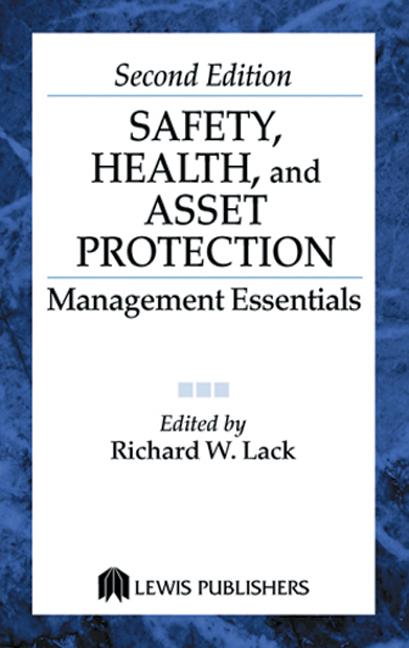
Heads up! The International Safety Equipment Association’s (ISEA) Head Protection Group is laying groundwork to update the ANSI/ ISEA Z89.1-2009 American National Standard for Industrial Head Protection. ISEA anticipates a revised document sometime in 2013.
“Manufacturers listen very closely to the feedback given by customers in an effort to design products that incorporate desired features that ultimately promote the wearing of the product, thereby promoting worker safety,” noted Joann Kline, regulatory affairs technical lead at Kimberly-Clark Professional and chairperson of ISEA’s Head Protection Group. “A key example of this feedback is the reverse donning criteria that was incorporated into the 2009 standard. Moving forward, the group will consider areas related directly to end-user needs and requests, such as elevated-temperature exposures.”
Another aspect of user feedback the group will explore is universal compatibility for accessories. This issue continues to be discussed, from both manufacturing and customer perspectives. The revision process will also include a review of both referenced test protocols and equipment to ensure they are current and reflect state-of-the art technology and opportunities to harmonize with international standards, where appropriate. Harmonizing with international standards is a particularly timely effort as the Canadian Standards Association (CSA) undergoes the revision process for its CSA Z94.1 standard. As a companion to the product-performance standard, the ISEA Head Protection Group intends to create a companion user’s guide that will covers topics such as proper product selection, service-life, care and other guidance information.
While the technical content of the revision is developed by ISEA, the ultimate approval of the standard’s continued recognition by ANSI rests with a panel of consensus stakeholders who represent a variety of interests including users, testing labs and government agencies. Anyone interested in participating as a consensus panel member should contact Cristine Fargo, director of member and technical services (cfargo@safetyequipment.org).
ISEA asks OSHA to adopt standard
OSHA, in September 2009, published a final rule to update its references to head protection, eye and face protection and footwear. The final rule also created a method to keep the agency up-to-date with revisions of national consensus standards found in OSHA regulations, such as ANSI/ISEA Z89.1.
The agency said it would update its references to national consensus standards as new editions of such standards become available. OSHA will determine if a new edition of a national consensus standard provides equal or greater protection than the editions currently incorporated in the regulations. If this test is met, OSHA would use its regulatory tools, including direct-final rulemaking, to incorporate the new editions and to remove outdated editions. The national consensus standards for hardhats incorporated in OSHA’s general industry regulations are found at 29 CFR 1910.135(b).
With a new head protection standard likely in 2013, ISEA will continue to work with OSHA to get the 2009 head protection standard on the books as soon as possible. ISEA has discussed with OSHA staff members the changes from the 2003 to 2009 editions of ANSI/ISEA Z89.1. The 2009 standard offers greater worker protection because it provides for preconditioning and labeling of hardhats to be used in lower temperatures, and because it includes new tests and labeling options for hardhats that can be worn backwards. While wearing a hardhat backwards may seem inconsequential, ISEA members receive a vast number of calls asking about this.
Legislation could ignite hardhat demand
Hardhat manufacturers, distributors and certain users should keep an eye focused on Congress’ reauthorization of the Highway Trust Fund. This federal program uses gas tax receipts (18.4 cents) to fund transportation construction projects around the nation. Most projects funded by this program use significant amounts of PPE, including head protection. The Trust Fund is usually reauthorized every six years. However, it has been in limbo for the past two years, twice receiving year-long extensions.
House Transportation and Infrastructure Committee chairman Rep. John Mica (R-FL) plans to approve a reauthorization bill this year. Mica has held hearings around the country to gather ideas on how to make federal transportation funding as effective and efficient as possible. Principally, he is looking to minimize delays in the project planning and approval process. That means getting PPE-wearing workers back on the job.



